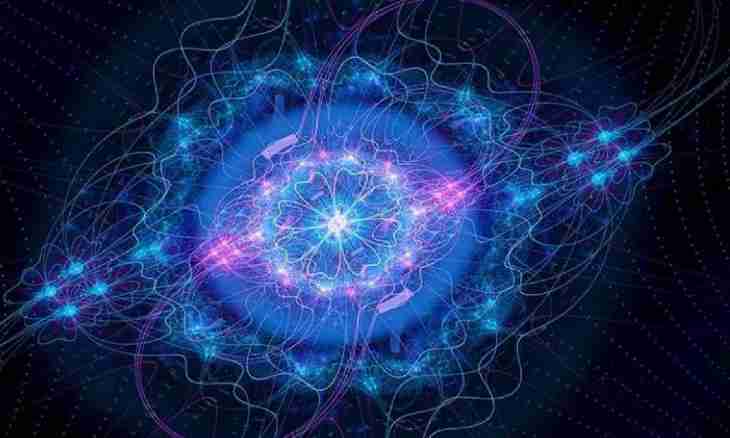The quantum physics became a huge push for development of science in the 20th century. The attempt to describe interaction of the smallest particles absolutely otherwise, by means of quantum mechanics when some problems of classical mechanics already seemed unsolvable, made the real revolution.
Causes of quantum physics
Physics – the science describing laws under which the world around functions. The Newtonian, or classical physics arose in the Middle Ages, and it was possible to see its prerequisites in the ancient time. She perfectly explains everything that occurs at the scales perceived by the person without additional measuring devices. But people faced a set of contradictions when began to study micro and a macrocosm, to investigate as the smallest particles of which substance, and the huge galaxies surrounding native to the person the Milky Way consists. It turned out that the classical physics is suitable not for everything. Quite so there was a quantum physics – the science studying quantum-mechanical and quantum and field systems. Techniques for studying quantum physics is a quantum mechanics and the quantum theory of the field. They are used also in other, adjacent sections of physics.
Basic provisions of quantum physics, in comparison with classical
That who only gets acquainted with quantum physics its provisions quite often seem illogical or even absurd. However, delving deeper into them, it is already much simpler to track logic. It is the simplest to learn basic provisions of quantum physics, comparing it to classical.
If in classical physics it is considered that the nature is invariable, in whatever ways scientists described it, then in quantum physics the result of observations will depend very strongly on in what way of measurement to use. According to Newton laws of motion which are fundamentals of classical physics, the particle (or a material point) in each timepoint has a certain situation and speed. In quantum mechanics it not so. In its basis – the principle of superposition of distances. That is, if the quantum particle can stay in one and in other state, then, so it can stay also in the third state – the sum two previous (it is called a linear combination). Therefore it is impossible to define precisely where there will be a particle at a given time. It is only possible to calculate the probability of its stay anywhere. If in classical physics it is possible to construct a trajectory of the movement of a physical body, then in quantum – only distribution of probabilities which will change in time. At the same time the distribution maximum always is where it is defined by classical mechanics! It is very important as allows to track, first, communication between classical and quantum mechanics, and secondly, shows that they do not contradict each other. It is possible to tell that the classical physics is to special cases quantum. Probability in classical physics appears when any properties of an object are unknown to the researcher. In quantum physics the probability is fundamental and is present always, irrespective of extent of ignorance. In classical mechanics any values of energy and speed for a particle, and in quantum – only certain values, "quantized" are allowed. They are called own values, to each of which there corresponds own state. The quantum is "portion" of any size which cannot be divided into components. One of the fundamental principles of quantum physics – the Principle of uncertainty of Heisenberg. The speech in it goes that it will not turn out to find out at the same time both the speed, and the provision of a particle in any way. It is only possible to measure something one. And, the better the device will measure particle speed, the less it will be known of its situation and vice versa. The fact is that in order that to measure a particle, it is necessary "to look" at it, that is, to send to its party light particle – a photon. This photon about which the researcher knows all will face the measured particle and will change the and its properties. It approximately the same as to measure the speed of the moving car, sending other car with the known speed to it towards, and then, on changed the speed and trajectories of the second car to investigate the first. In quantum physics so small objects are investigated that even photons – light particles – change their properties.

